Pasteles with Pork, Green Bananas, Plantains, Yautía & Achiote
- September 2020
- By Michelle Ezratty Murphy
- Recipe from Puerto Rico
-
- (17)
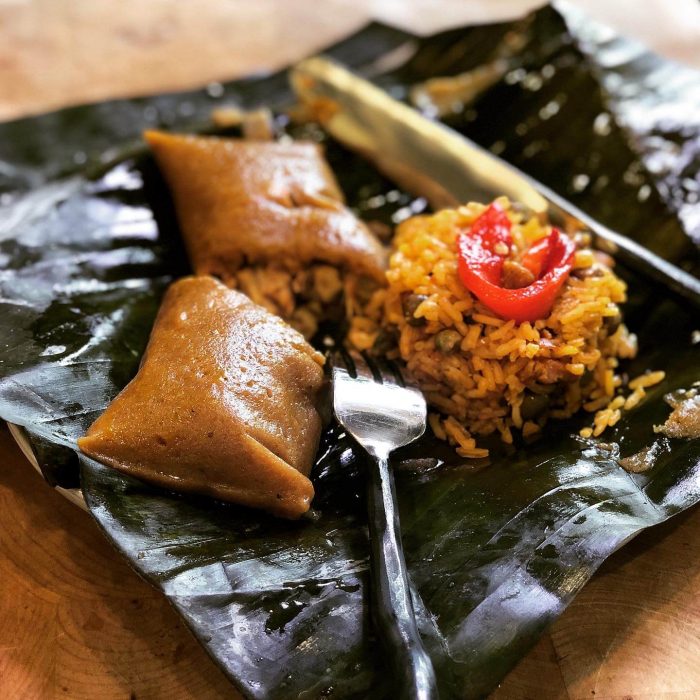
If you’ve ever eaten Puerto Rican pasteles or if you make them with your family for Christmas, then you’ll understand the patience that it takes to create this culinary delight. While time consuming, this holiday tradition is a family affair for my husband’s Boricua tribe. From bringing the bananas, plantains and calabaza down to San Juan from their farm in Utuado, to making the masa and filling, then tying each tasty package of yuca or guineo with banana leaves and kitchen string, it’s undeniably a true labor of love—and one done best in a family assembly line.
While some recipes call for milk in the masa or using more plantains than green bananas, my family’s recipe is tried and true, and has evolved throughout the years into a most savory treat. This almost two-day cooking extravaganza takes place over the Christmas holidays, which is when pasteles are traditionally eaten in Puerto Rico.
Pasteles served with arroz con gandules and a lechuga y tomate ensalada is the ultimate in Puerto Rican food. If you’re not sure how to make sofrito or achiote oil for the pork shoulder mix, we’ve got you covered. !Buen provecho!
A Celebration of Pasteles, Tamales and More!
Curious about masa-stuffed pasteles and tamales around el mundo—and the many other names they go by?
In honor of the festive holiday season this year and every year, Familia Kitchen is honored to spotlight special family-famous recipes of masa-stuffed wonders across Latino cultures. Whether they are called tamales, pasteles, hallacas, humitas, check out these beloved family-famous recipes:
• Luis’ Guatemalan tamales;
• Liliana’s Venezuelan beef, pork and chicken hallacas;
• Doña Paula’s Belizean tamales;
• Nanni’s Mexican tamales with pork & guajillo chiles;
• We even celebrate legendary Mexican artist Frida Kahlo’s favorite red pork tamales!
If you want to go deeper, check out our history of food in Puerto Rico and the history of tamales in Mexico and across Latinx cultures.
Inspired to Make Puerto Rican Pasteles?

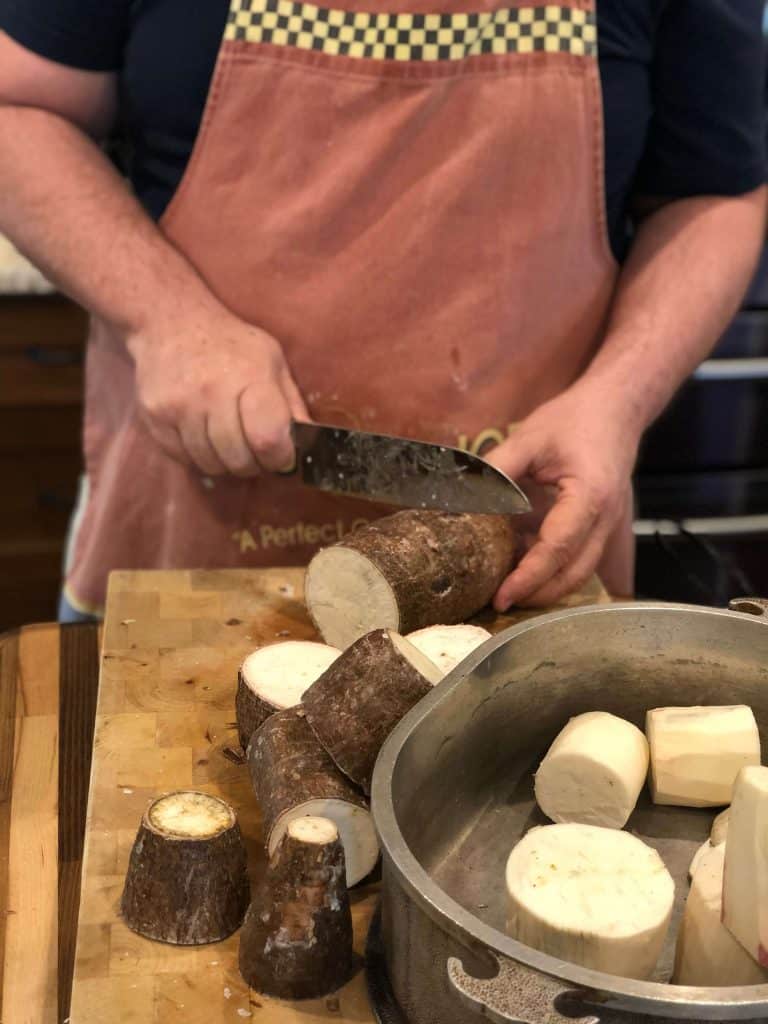
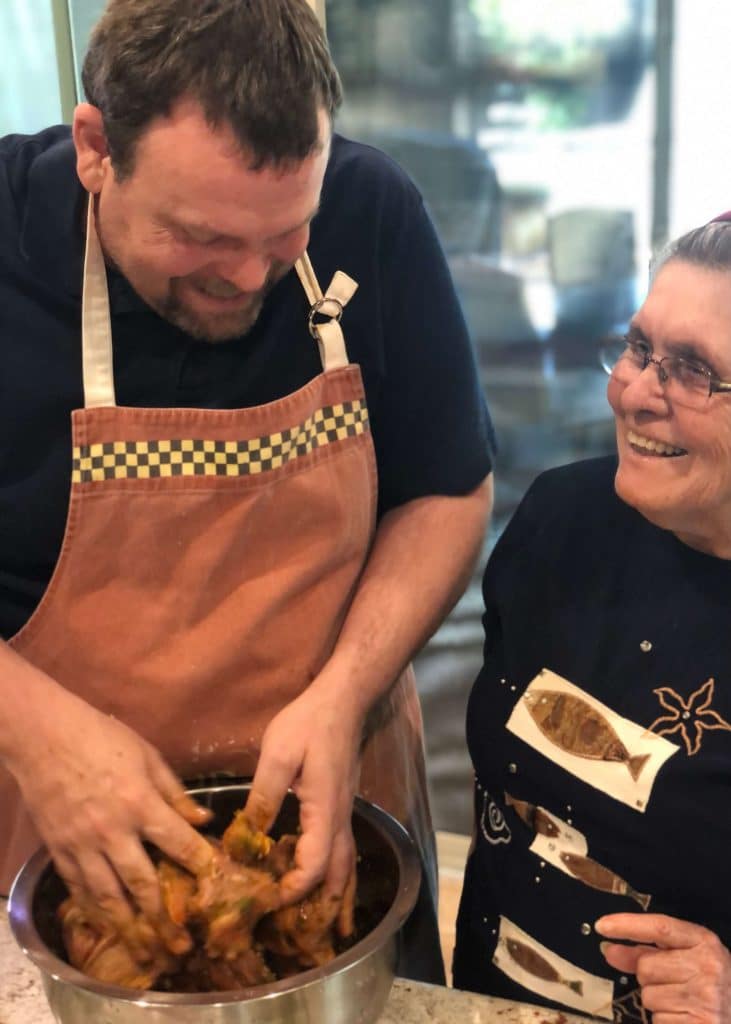
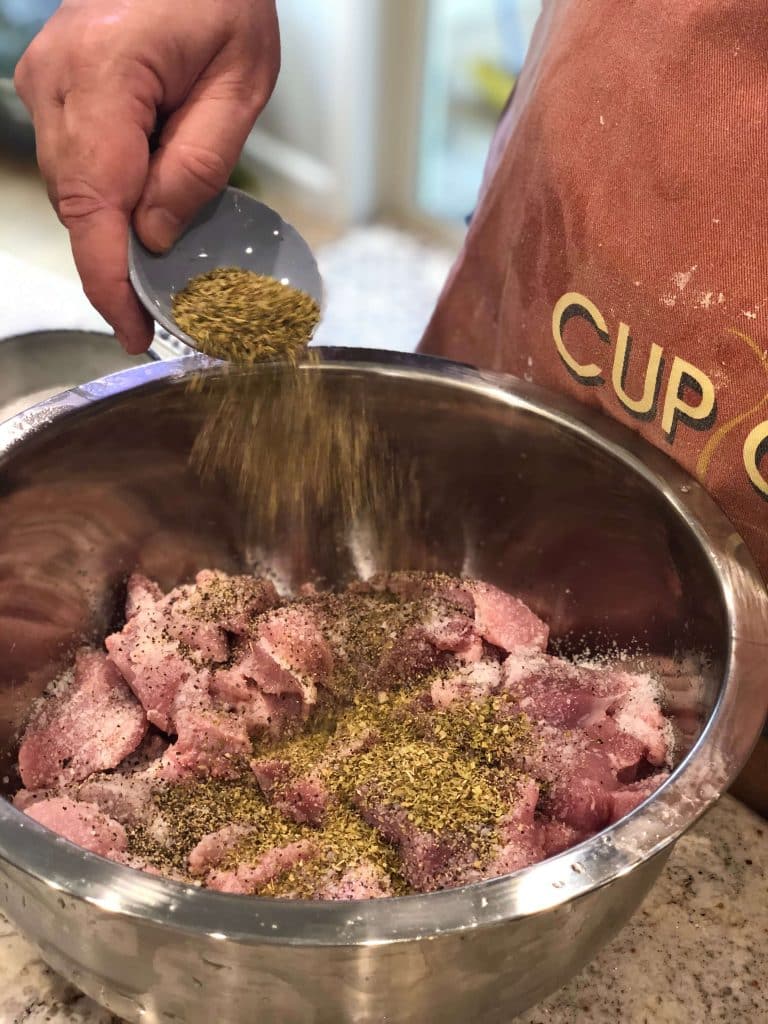
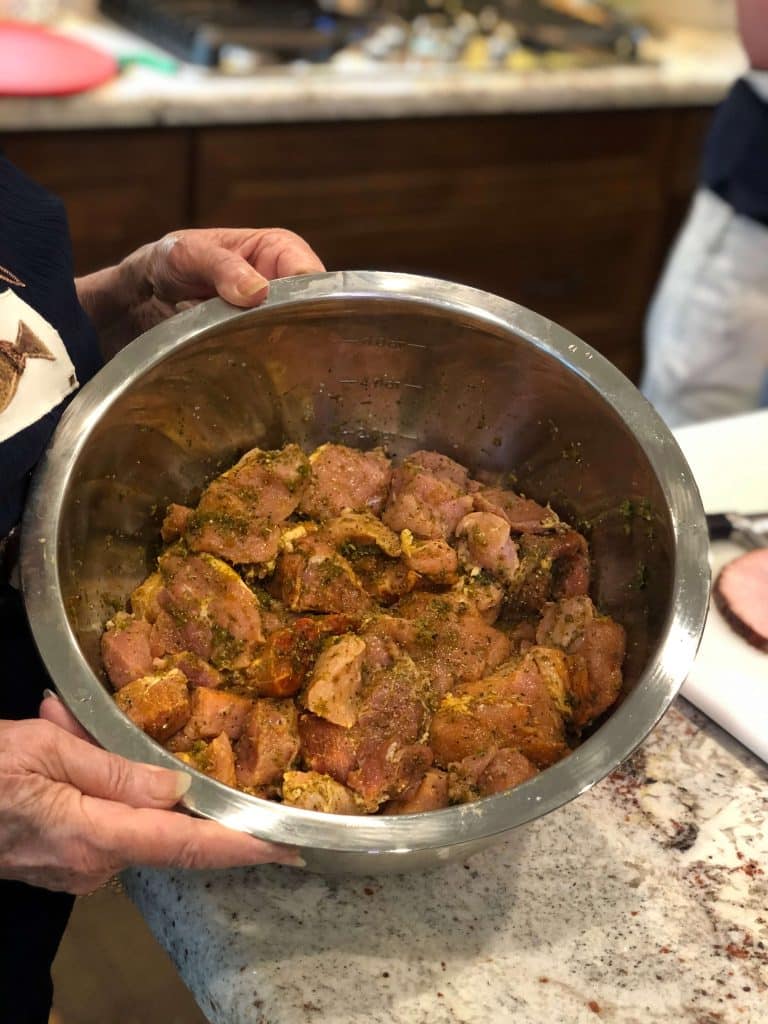
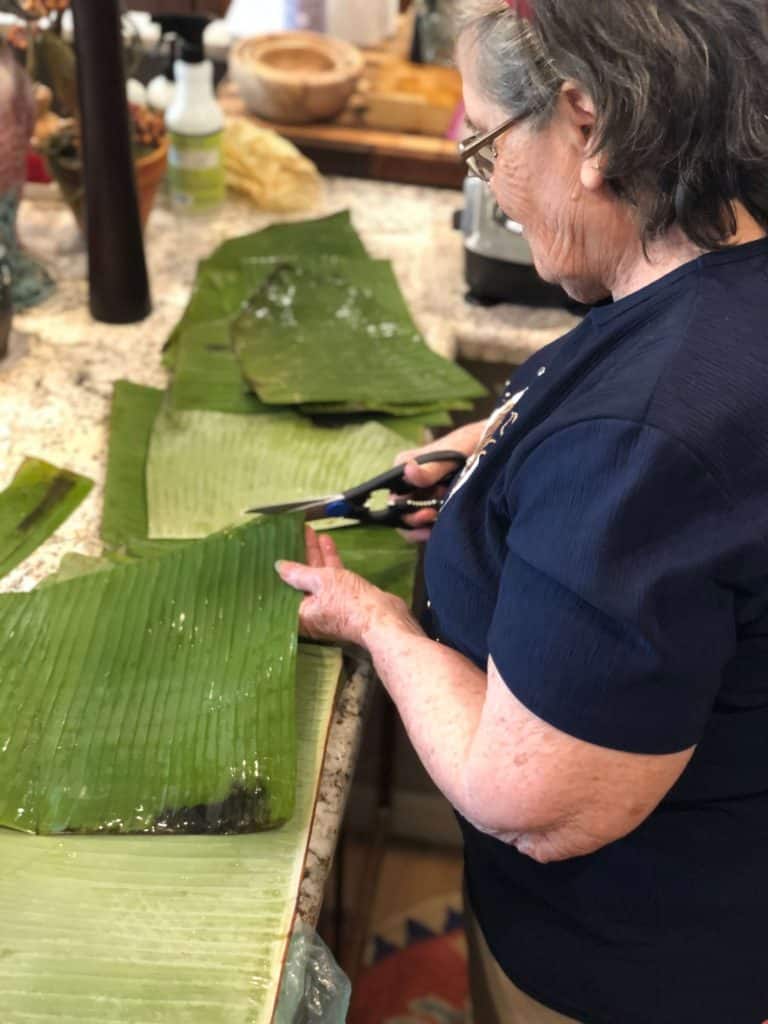
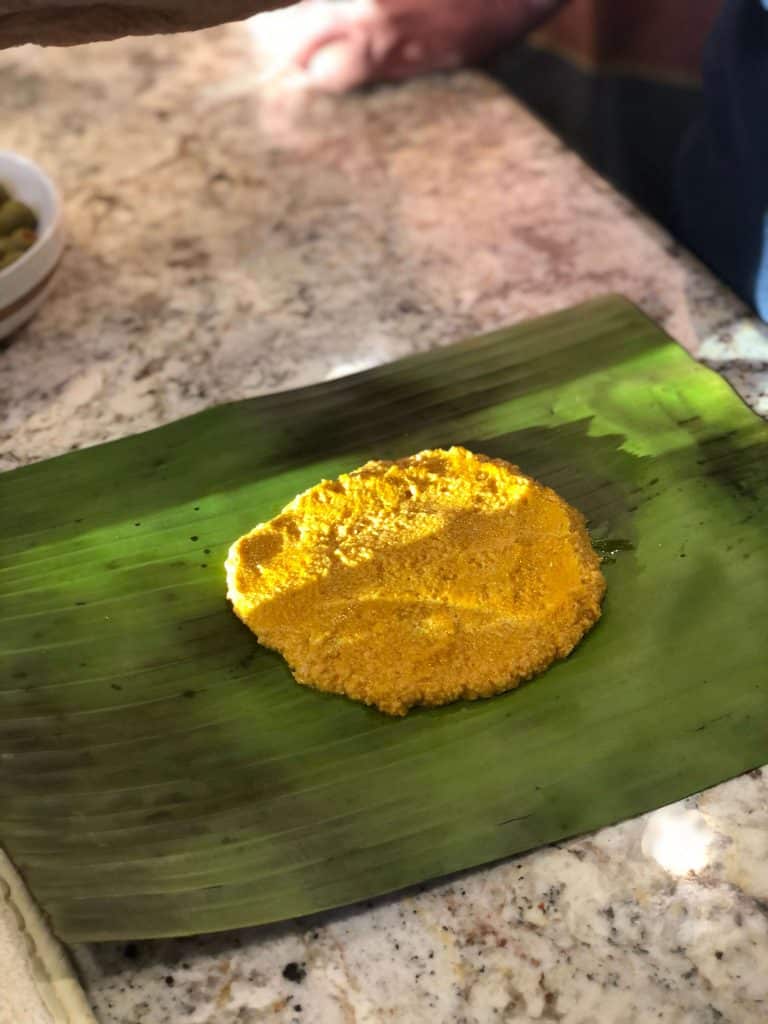
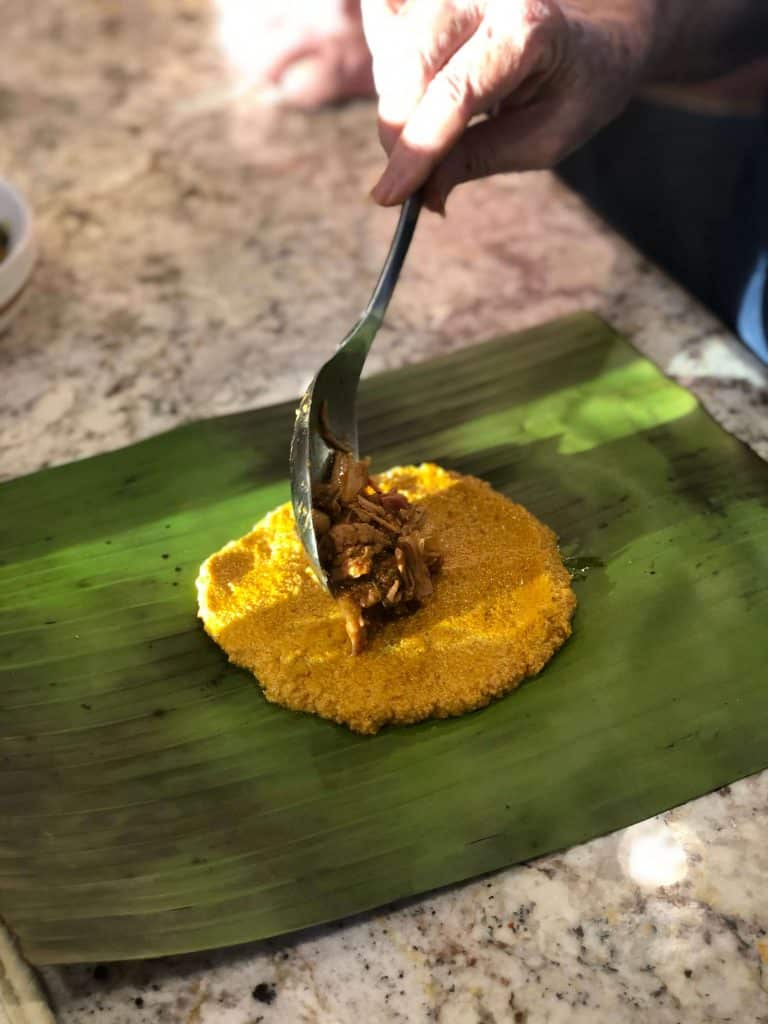
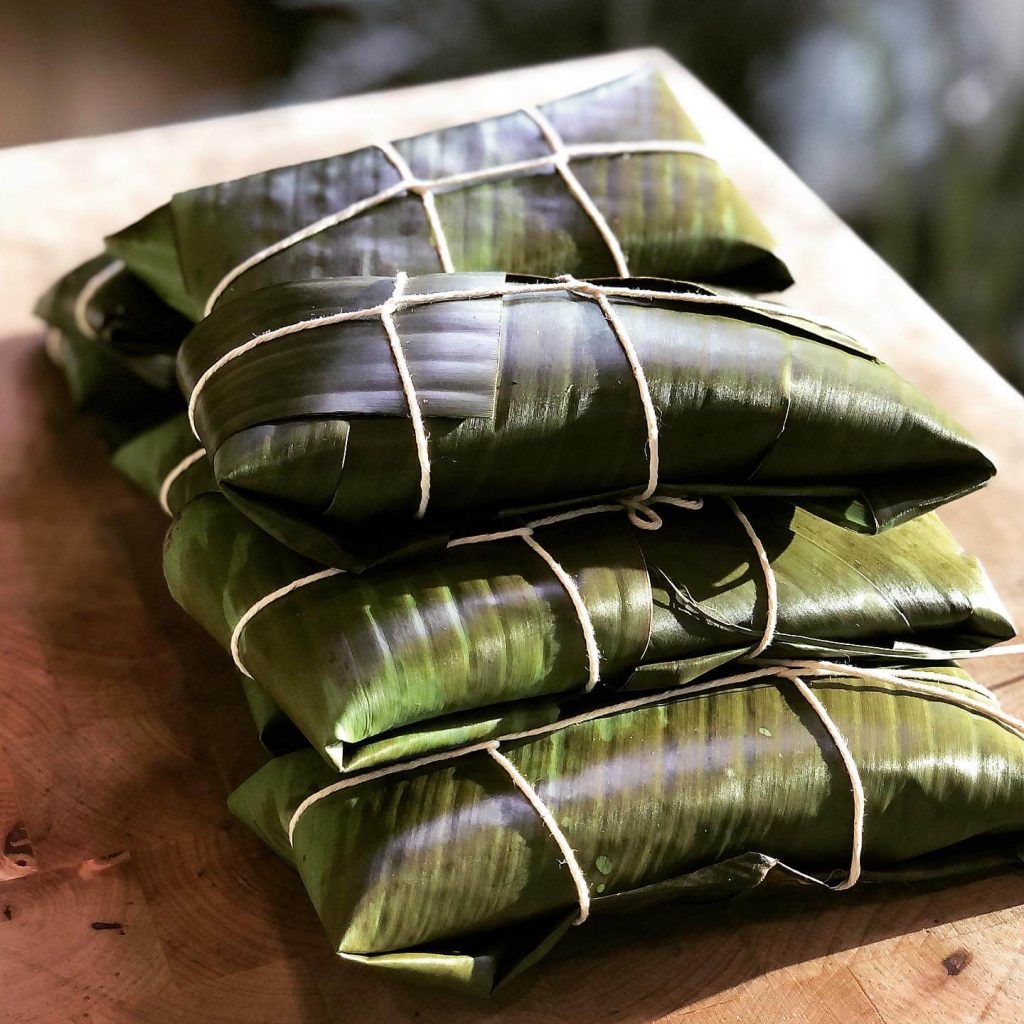
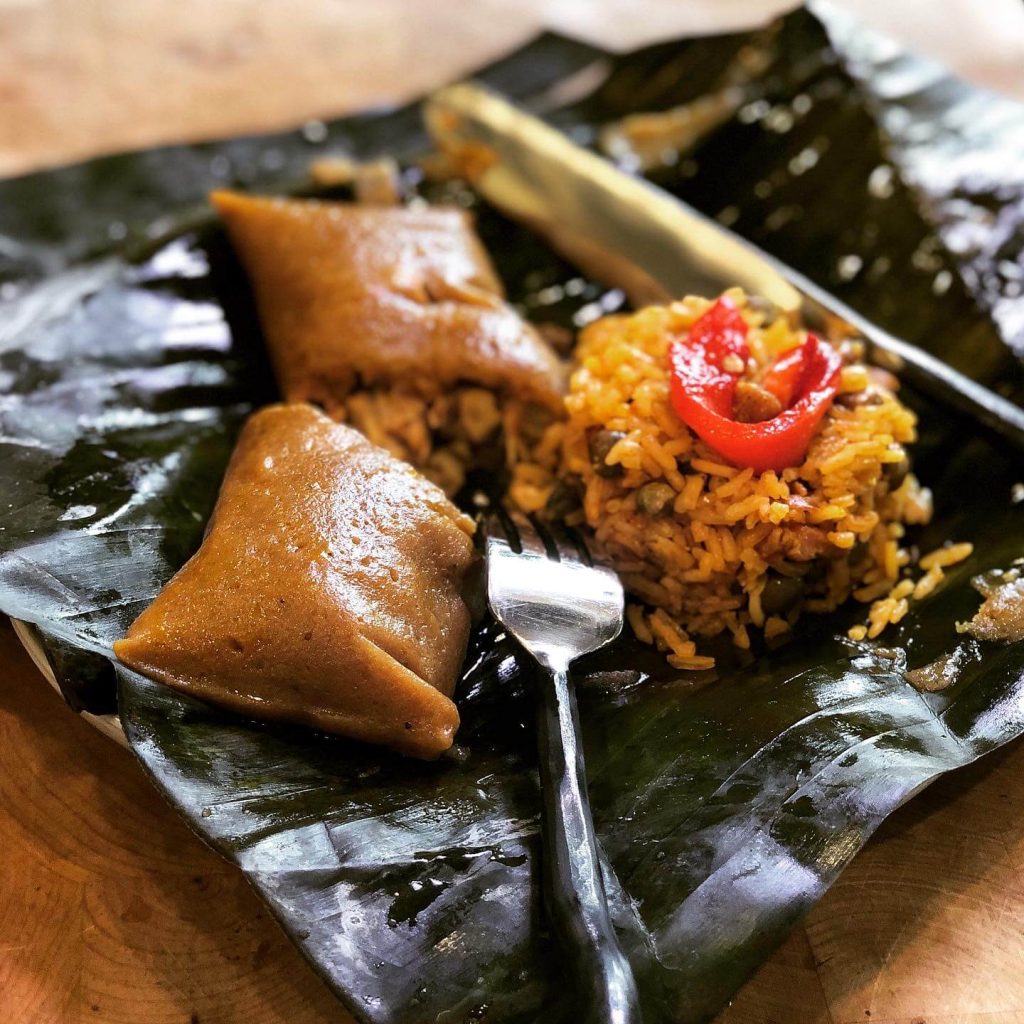
Like This

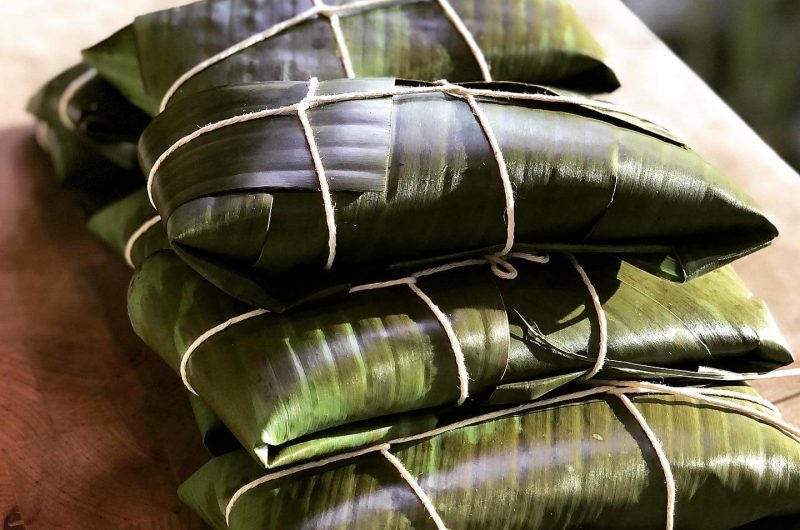
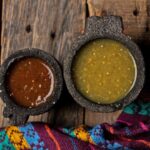



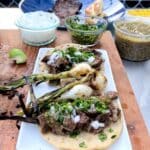
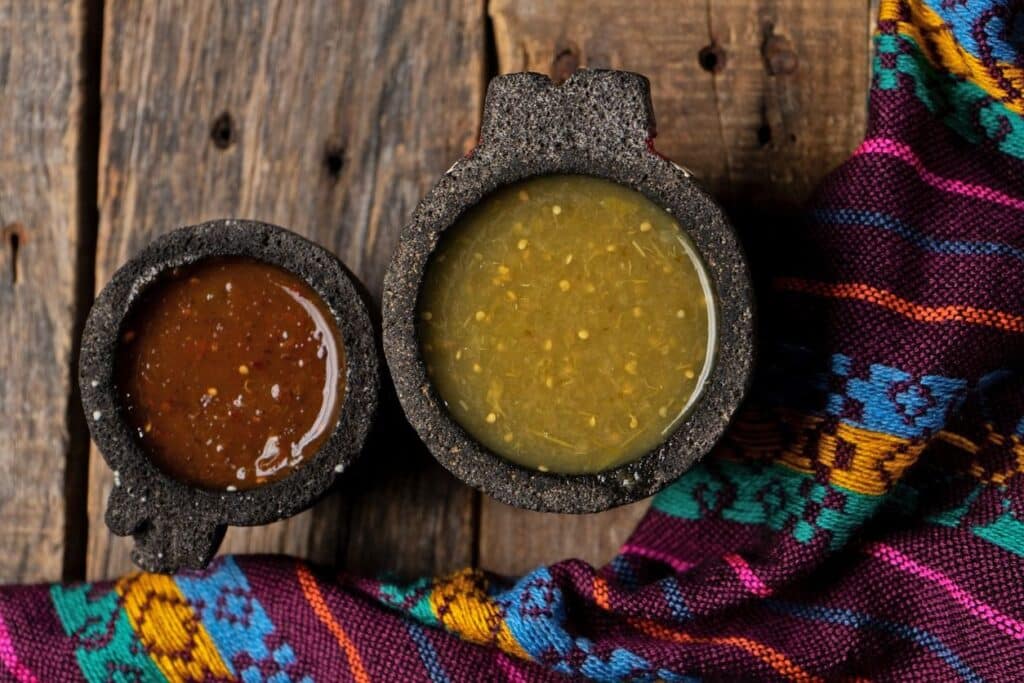
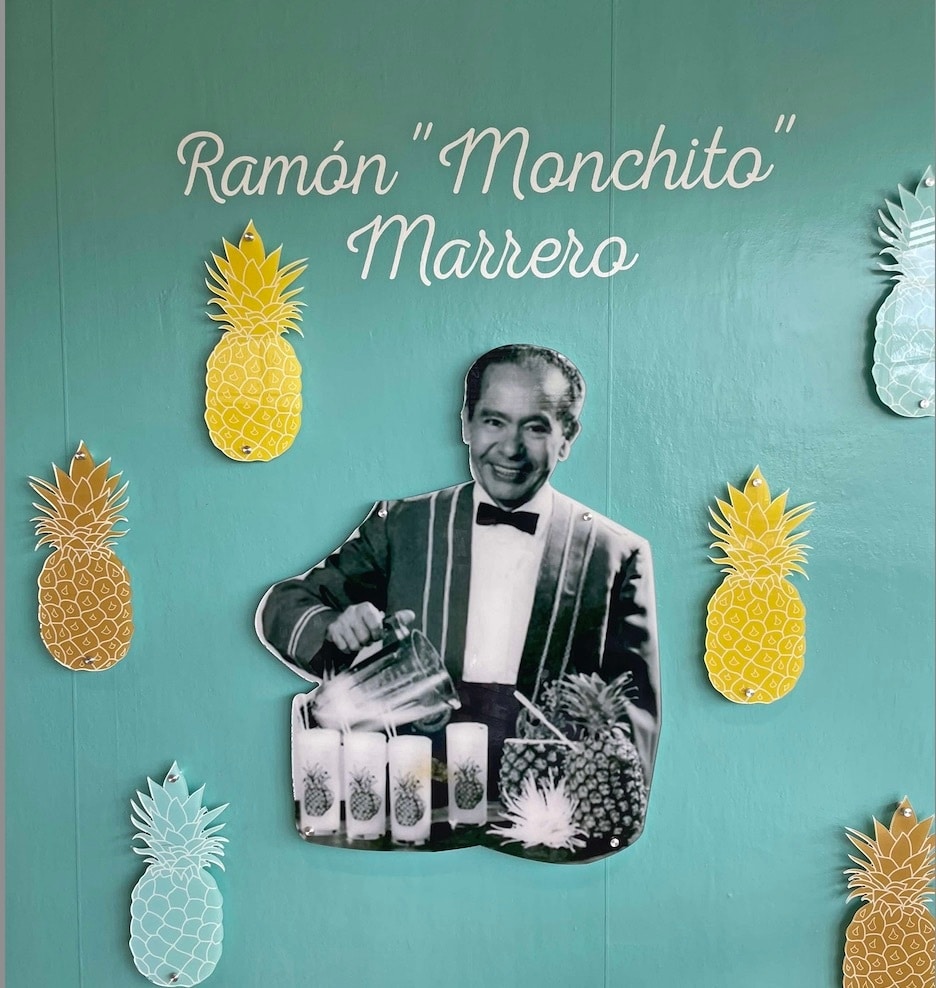
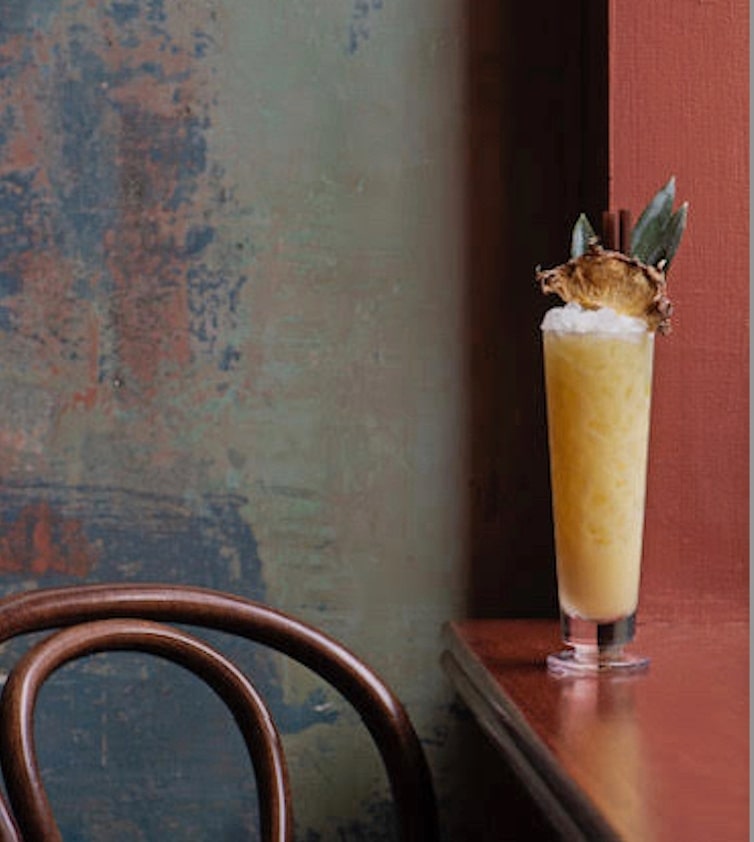
Got a question or suggestion?
Please rate this recipe and leave any tips, substitutions, or Qs you have!